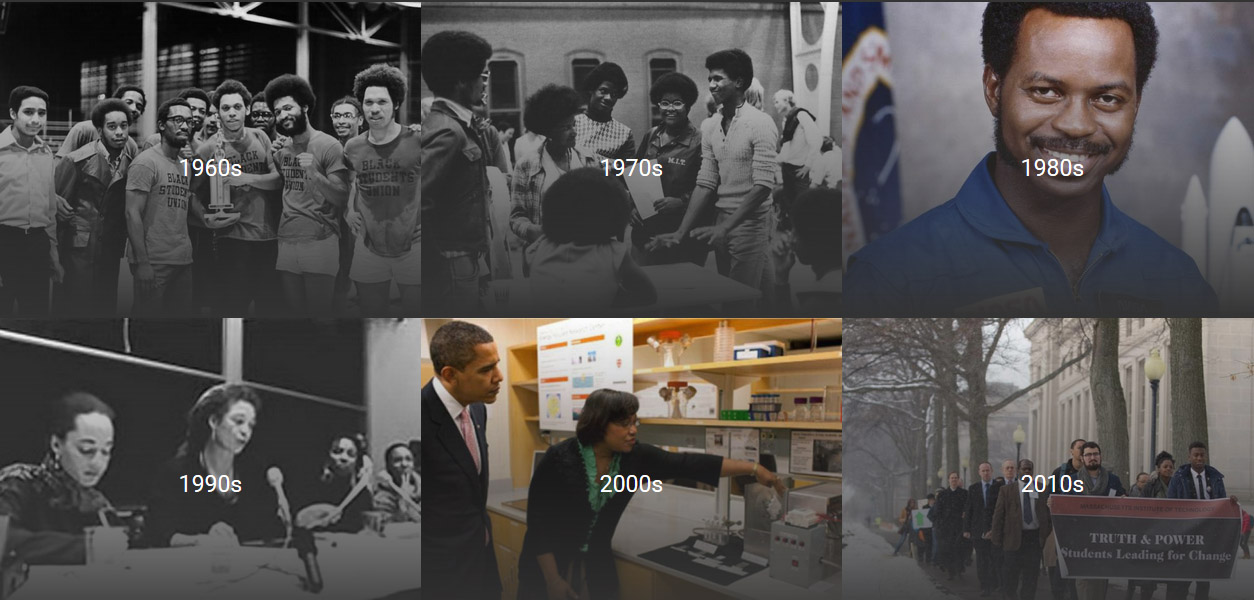MIT’s Black Community Honors the Past and the Future
-
-
slice.mit.edu
Filed Under
Recommended

Black students and alumni will come together on campus this week to celebrate Class of 2018 undergraduates and graduate students as well as 50 years of community as the MIT Black Students' Union (BSU). If you miss the weekend events, you can still learn about black campus culture on the revamped website, MIT Black History Project, which documents the role and experience of the black community at MIT since the Institute opened in 1865.
Events hosted by the Black Alumni of MIT (BAMIT) start Friday evening, April 20, with the black graduate celebration including a keynote speaker and alumni reception. On April 21-22, the weekend continues with Faith and the Family: BSU 50th Reunion Weekend, which includes student and alumni panels, the Ebony Affair Gala, and a closing family reunion BBQ.
An MIT News Office article describes the MIT Black History Project:
“Look at this project to get a better sense of what happens when you ignore human potential ... based on appearance, which has been much of our country's history,” says Melissa Nobles, professor of political science and Kenan Sahin Dean of the School of Humanities, Arts, and Social Sciences (SHASS) at MIT.
The MIT Black History Project was founded and is directed by Clarence G. Williams, adjunct professor emeritus and former special assistant to the president. The project is an ongoing collaborative research effort sponsored by the MIT Office of the Provost.
At present, the website offers more than 500 illustrations, photographs, and other archival material.
Since 1995, the project has worked to archive over 150 years of the black experience at MIT and identified six key historical periods along the way: Roots and Exponents (1861-1920), Order of Operations (1921-1945), Potential Output (1946-1954), Critical Mass (1955-1968), Integration and Differentiation (1969-1994), and Rising Voices (1995-present).
At present, the website offers more than 500 illustrations, photographs, and other archival material available for community members, scholars, journalists, and other interested individuals to search. An additional 2,500 items already collected by the project will be included in the future. A major call to action is on the site’s Giving page, where people are invited to share their own pieces of MIT black history.
Williams’ objective has been to place the black experience at MIT in its full and appropriate context by researching and disseminating materials that expose communities both inside and outside MIT to this rich, historically significant legacy.
Visit Instagram for more MIT Black History Project images.
This effort includes lending research support to other Institute-affiliated entities such as the MIT and Slavery course taught by historian Craig Steven Wilder and archivist Nora Murphy, the MIT MLK Visiting Professor and Scholars Program website, and various Black Alumni/ae of MIT (BAMIT) endeavors.
Via the materials disseminated by the MIT Black History Project, Williams hopes that “future generations may relate to our hopes and disappointments [at MIT], to our struggles and achievements.”
Read the full article about the MIT Black History Project.







